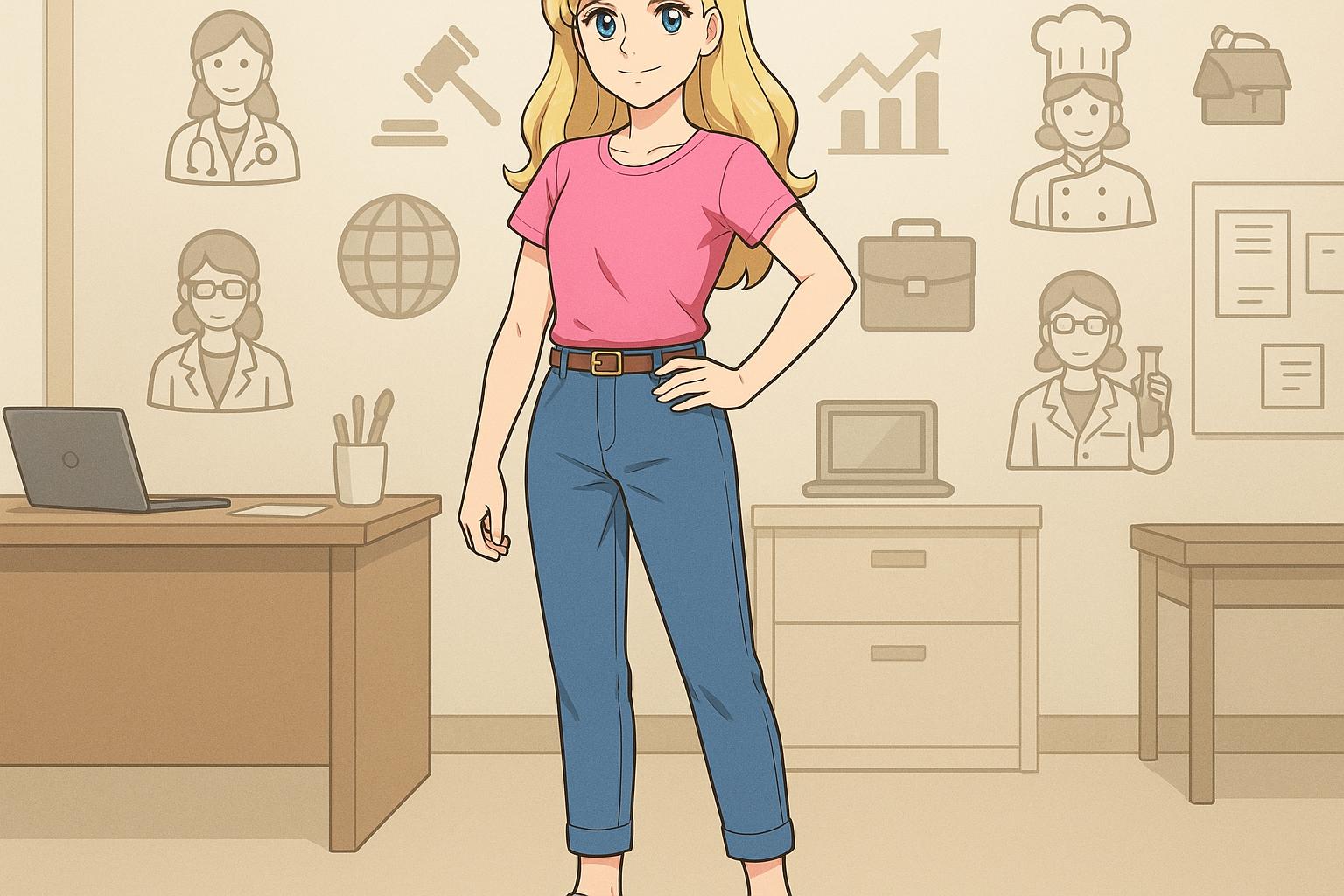Barbie, the iconic doll who has captivated the imaginations of children and adults alike for over six decades, is undergoing a notable transformation in her footwear choices. A recent study analysing nearly 3,000 Barbie dolls released from 1959 to 2024 reveals a significant shift from high-heeled designs to more practical flat-footed forms. Researchers attribute this evolution to changing workplace norms, reflecting an increasingly diverse landscape of professional opportunities for women.
The study's findings coincide with a broader societal reassessment of women's roles in the workforce. From the early days of Barbie, when her slender, high-heeled feet were a nod to the fashion norms of the 1950s—echoing the style of her predecessor, the German doll Bild Lilli—Barbie has now embraced more functional footwear. This significant change correlates with the rise of more inclusive employment policies and a wider range of careers represented within Barbieland. For instance, Barbie's transition from a fashion model to a multitude of professional roles, such as paleontologist and farmer, reflects ongoing shifts not only in consumer expectations but also in women's real-world career pathways.
Prof Cylie Williams, a podiatrist at Monash University, led the investigation after a scene in Greta Gerwig’s 2023 film prompted her and her colleagues to consider how Barbie's design had changed over the years. Historically, Barbie's foot position was remarkably fixed, with feet angled at 40 degrees for nearly three decades. However, since the early 1990s, the introduction of flat-footed models has been notable. By 2024, 60% of new Barbies were designed with their feet firmly on the ground, a change that signals not just a shift in aesthetics but in the very perceptions of femininity and professionalism.
The implications extend beyond Barbie’s wardrobe. High-heeled shoes, once a standard requirement for many women in professional settings, are increasingly viewed as impractical. A conversation surrounding this transition was brought to the forefront with the release of the Barbie movie, which also featured scenes that underscored these evolving societal norms. Footwear choices now reflect a broader understanding of comfort and practicality for women in the workplace. As noted by Dao Tunprasert, a lecturer in podiatry at the University of Brighton, the move towards practical footwear in dolls like Barbie serves as a metaphor for the liberation from rigid gender expectations in the professional sphere.
Furthermore, brands such as Birkenstock have seen a resurgence in popularity as part of this cultural shift towards comfort, claiming that their long-term sales growth correlates with modern feminist ideals and an increasing disdain for traditional high-heeled footwear. This aligns with Barbie's journey of self-actualisation, as seen in the film, where the pink Arizona sandals represent a significant pivot towards a more empowered identity.
The past decade has also marked a significant evolution in Barbie's designs, according to a spokesperson from Mattel, who claimed that the company is committed to ensuring that children can see themselves reflected in the diverse range of dolls presented. This includes a wider variety of skin tones, hair types, and indeed, foot positions.
Ultimately, the gradual shift from high heels to flat shoes within Barbie’s wardrobe encapsulates a more extensive narrative regarding women’s rights and workplace equality. Health professionals like Williams argue that rather than promoting a negative stance towards high heels, the focus should shift to those empowering choices that reflect individual needs. The conversation has moved towards celebrating versatility in women's footwear, acknowledging that, like Barbie, women can— and should—choose their attire based on the tasks ahead, free from judgment and societal constraints.
In this context, Barbie's changing footwear serves not only as a reflection of shifting fashion trends but also as a poignant reminder of the ongoing fight for gender equality and representation in all spheres of life.
Reference Map
- Paragraph 1: (1), (2)
- Paragraph 2: (4), (5), (7)
- Paragraph 3: (1), (2), (6)
- Paragraph 4: (3)
- Paragraph 5: (1), (2)
- Paragraph 6: (3)
- Paragraph 7: (1), (2)
- Paragraph 8: (1), (6)
- Paragraph 9: (1)
Source: Noah Wire Services
